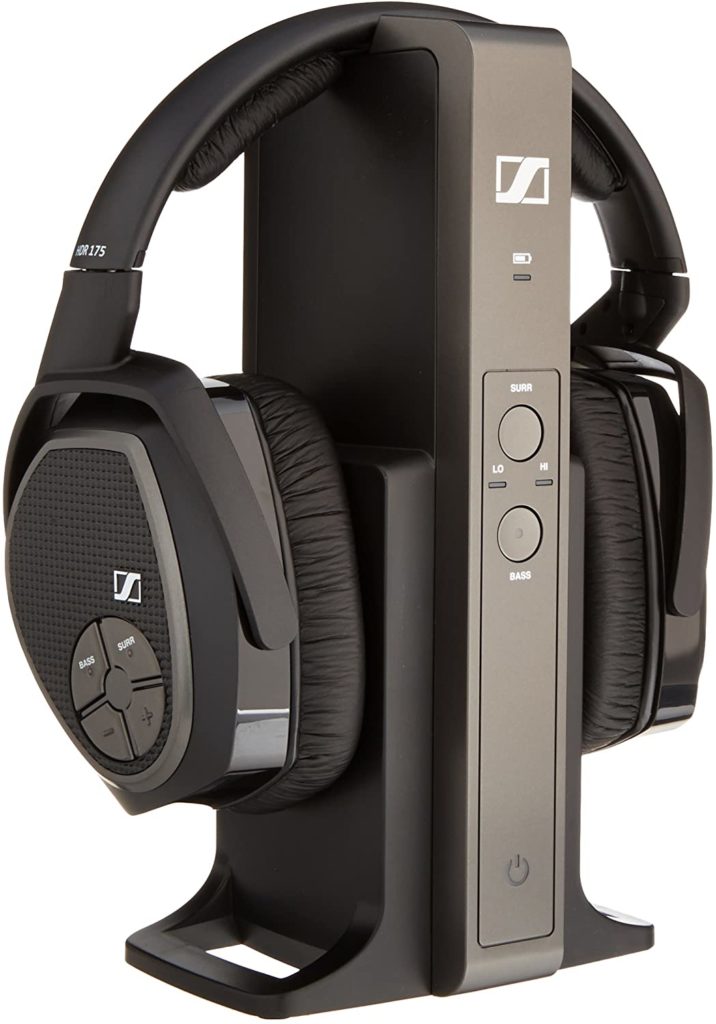There are different types of microphones on the market, but one of the most popular is the condenser microphone. Condenser microphones are a popular choice for both home and professional studios, and for a good reason! This type of mic has several advantages that make it a favorite among musicians and audio engineers. This article will focus on condenser microphones and discuss the main benefits of other types of mics. Read on for more information.
Table of Contents
Better sound quality
One of the main advantages of a condenser microphone is that it produces better sound quality than other microphones. This is because condenser mics have a wider frequency response range and capture more detail in the audio signal. They are also less prone to noise and distortion, making them ideal for recording studio sessions or live performances.
If you’re looking for a microphone that will give your recordings a professional sound, then a condenser mic is worth considering. In addition, condenser microphones are often used for broadcast applications because they deliver a clear and accurate sound. They can also be used to capture the nuances of human voices, making them perfect for voice-over work or interviews.
Versatility
Another advantage of condenser microphones is their versatility. They can be used for various applications, from recording music to podcasting to voice-overs. In fact, there are a few things that a condenser mic cannot do!
They are also ideal for home studios, where space may be limited. Unlike dynamic mics, which tend to be large and bulky, condenser mics are often small and compact, making them easy to transport and set up.
Authentic vocals
Condenser microphones are also popular among vocalists because they produce an authentic sound ideal for singing. They can capture the subtleties of a singer’s voice and reproduce them faithfully in the recording, making them perfect for studio sessions or live performances.
In addition, condenser mics are often used to record acoustic instruments such as guitars and pianos. They can pick up the nuances of these instruments and create a fuller, more accurate sound than other types of mics.
Better frequency response
As we mentioned earlier, one of the main advantages of a condenser microphone is its wide frequency response range. This means that it can capture a wider range of sounds than other types of microphones, making it perfect for recording studio sessions or live performances.
In addition, condenser mics are less prone to noise and distortion, which can be a problem with some dynamic mics. This makes them ideal for capturing audio signals without any unwanted artifacts.
Greater dynamic range
According to Condenser Microphones manufacturer, DPA, condenser microphones have a very high dynamic range. This means they can handle a wider range of sound levels without distorting the audio signal. They are also less prone to noise and feedback, making them ideal for live performances.
Ideal for recording sound effects
Condenser microphones are also popular among sound effects professionals because they can capture the nuances of sound effects accurately and without any distortion. They are perfect for recording environmental sounds or capturing the details of a Foley performance.
How to choose the best condenser microphone
Now, since you understand the benefits of condenser microphones, you need to choose the ideal microphone for your setting to enjoy these benefits. With that said, let’s look at the top tips for choosing the right condenser microphone.
Consider the pickup pattern
The pickup pattern is the first thing you need to consider when choosing a condenser microphone. This will determine which type of sound the microphone will capture and how it will be captured. There are three common types of pickup patterns: cardioid, omnidirectional, and bidirectional.
Cardioid microphones are designed to pick up sounds in front of the mic and reject sounds from the sides and back. Omnidirectional mics pick up sound equally from all directions, while bidirectional mics pick up sound from both the front and back but reject sounds from the sides.
You should choose a pickup pattern based on your specific recording needs. A cardioid mic is a good option if you’re recording a solo vocal or instrument performance. An omnidirectional or bidirectional mic may be better suited if you’re recording a group performance.
Frequency response curve
The next thing you need to consider is the frequency response curve of the microphone. This will determine how well the mic captures different frequencies in the audio signal. There are three main types of frequency response curves: flat, rising, and falling.
Flat frequency response curves are ideal for capturing all frequencies accurately while rising and falling curves emphasize certain frequencies over others. You should choose a frequency response curve based on the type of sound you’re trying to capture. If you want to capture all frequencies accurately, then a flat response curve is ideal. A rising or falling curve may be better suited if you’re going to emphasize certain frequencies.
Power supply
The last thing you need to consider when choosing a condenser microphone is the power supply. Some condenser microphones require phantom power, a type of electrical power supplied by an external source. Other mics can operate on battery power or plug directly into an audio interface or mixer.
Make sure you know what type of power supply the microphone requires before making your purchase. If you don’t have an external power supply, then be sure to choose a mic that can operate on battery power or plug directly into an audio interface or mixer.

